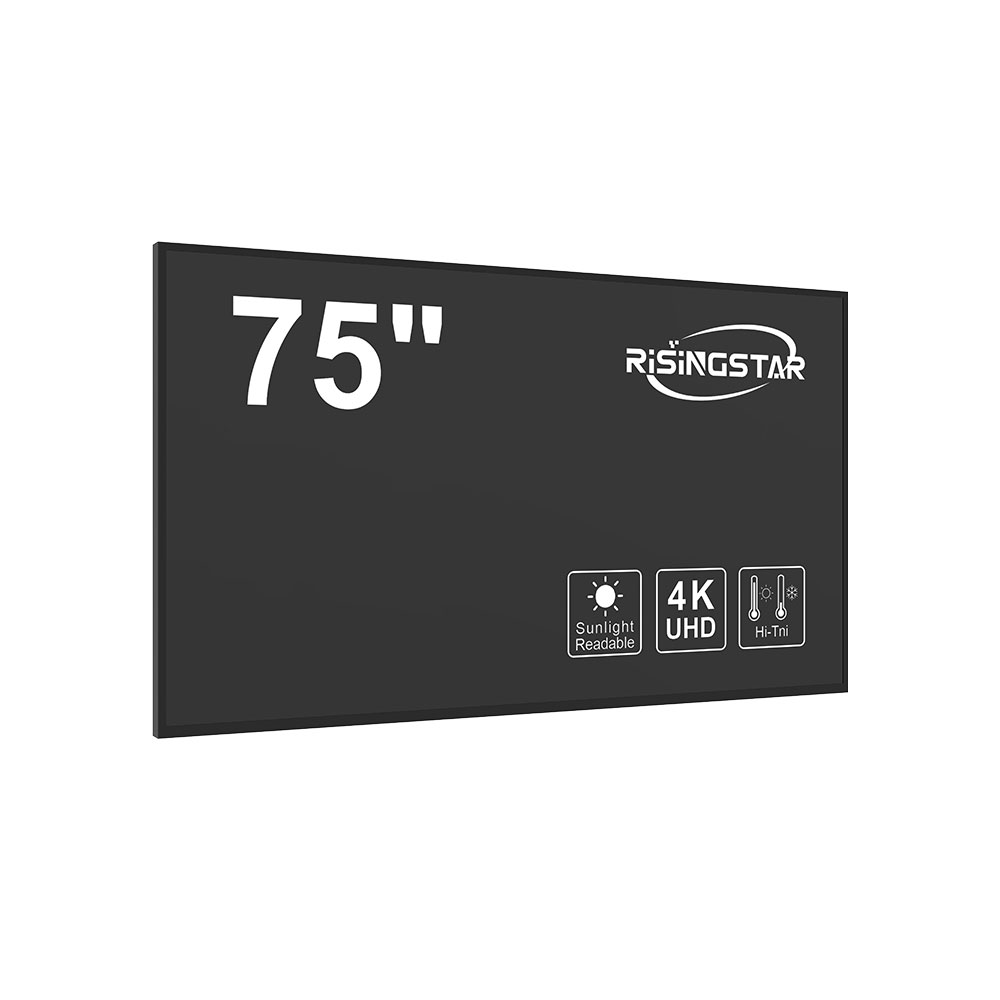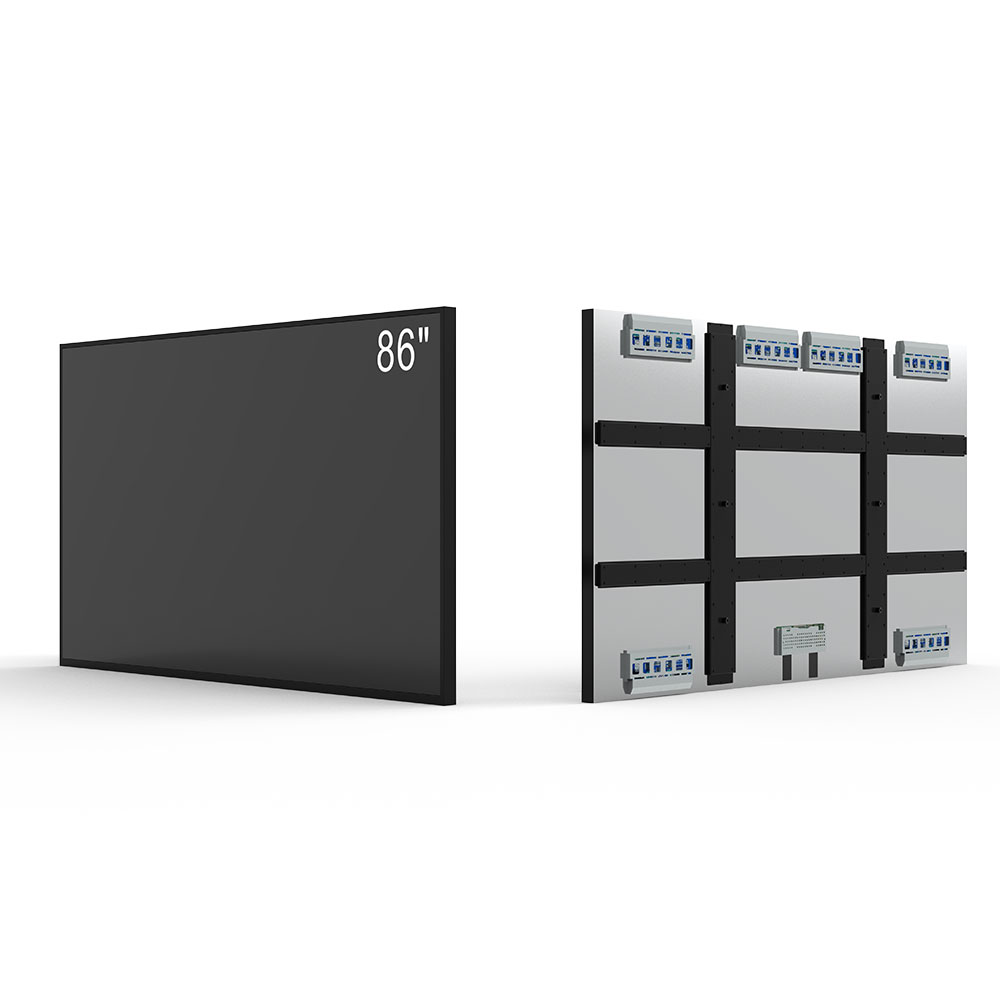In the world of outdoor digital signage, achieving optimal visibility under direct sunlight is no longer a luxury—it’s a necessity. One of the most critical specifications for outdoor LCD screens is brightness, typically measured in nits. A brightness level of 1000 nits has emerged as a widely accepted industry benchmark for reliable performance in challenging lighting conditions. This figure represents the minimum luminance required to ensure content remains legible and impactful even during peak daylight hours.
Outdoor environments expose displays to variable lighting conditions—from overcast mornings to intense midday sun—where ambient light levels can exceed 10,000 lux. At this intensity, standard indoor LCDs (typically rated at 300–500 nits) become nearly invisible. In contrast, a screen with 1000 nits of brightness maintains high contrast ratios and vibrant color accuracy, enabling clear image reproduction. According to the Society for Information Display (SID), professional-grade outdoor displays must achieve at least 1000 nits to meet basic visibility standards under direct sunlight per ANSI/IES RP-4-2019 guidelines.
Beyond just brightness, the quality of the backlighting system and panel technology plays a pivotal role in delivering consistent 1000-nit performance. High-end outdoor LCDs use LED-backlit panels with advanced optical films and diffusers to maximize luminance uniformity. Additionally, manufacturers incorporate anti-glare coatings and polarization layers to reduce reflections and enhance readability in bright conditions. These technical enhancements are essential not only for consumer-facing applications like transit advertising or retail kiosks but also for mission-critical uses such as public safety alerts or industrial monitoring systems.

Case studies from major cities like New York, Tokyo, and Dubai show that digital billboards using 1000-nit displays report up to 40% higher engagement rates compared to lower-brightness alternatives. For example, a 2023 deployment by LG Electronics on Times Square utilized 1000-nit ultra-high-brightness panels in a 12x6 meter display, which maintained visibility during full sun and heavy rain without degradation in image quality. The success was attributed to both the brightness level and the ruggedized IP65-rated enclosure protecting internal components from environmental stressors.
Furthermore, energy efficiency and thermal management are critical when operating at 1000 nits. Advanced heat dissipation designs—such as passive cooling fins and intelligent power regulation—prevent overheating while maintaining brightness consistency over long periods. Industry leaders like Samsung and Sharp have integrated real-time brightness adjustment algorithms that dynamically adjust output based on ambient light sensors, ensuring compliance with energy-saving standards like ENERGY STAR while preserving visual impact.
Ultimately, choosing an outdoor LCD screen with 1000 nits of brightness isn’t just about meeting a spec—it’s about ensuring reliability, longevity, and audience engagement in any environment. As urbanization increases and digital communication becomes more visual, 1000 nits will remain the gold standard for outdoor LCDs where clarity, durability, and performance intersect.








